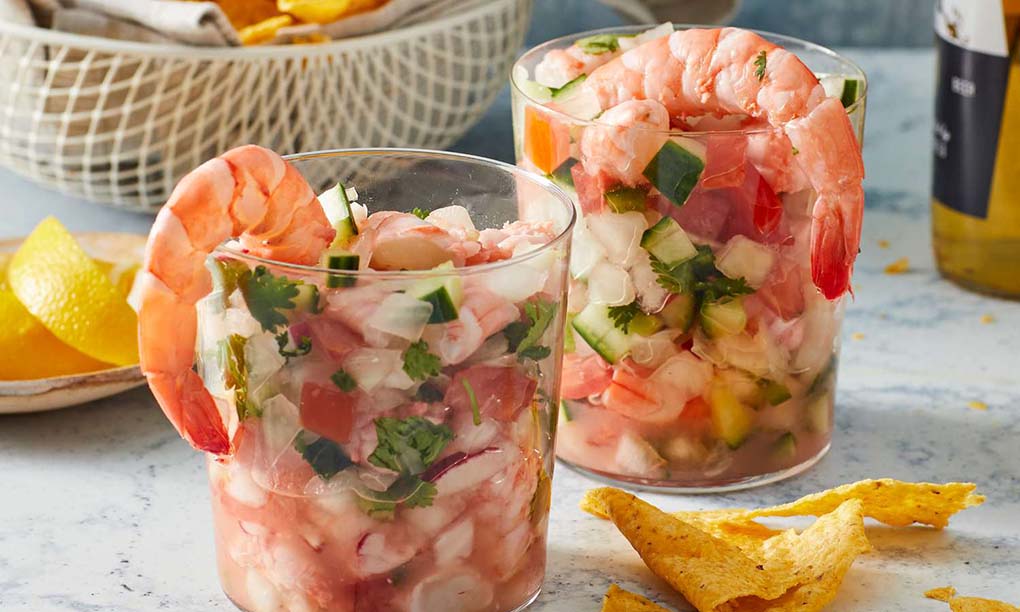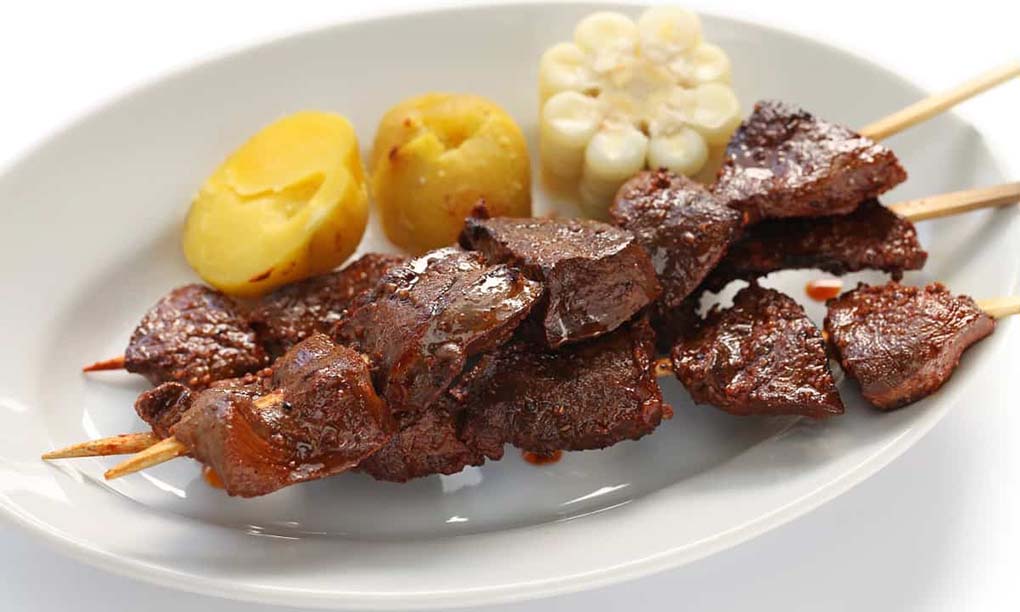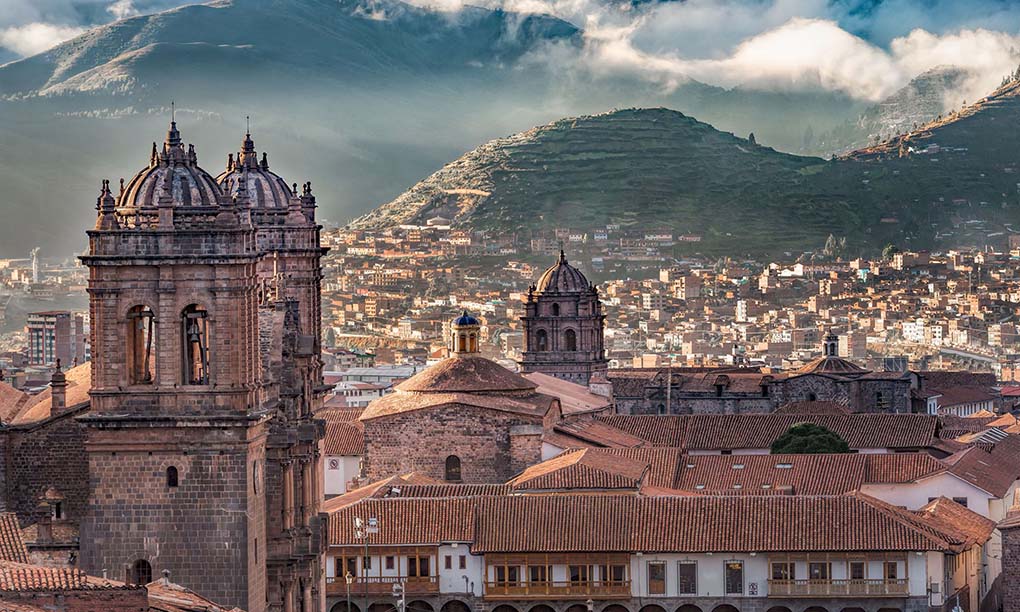Cusco, once the heart of the Inca Empire, isn’t just renowned for its historical significance and stunning landscapes; it’s also a culinary haven that promises a unique gastronomic adventure. Peruvian cuisine, celebrated worldwide, is a fusion of diverse flavors influenced by Inca, Spanish, African, and Asian cultures.
The Rich Culinary Heritage of Cusco
Ceviche: A Symphony of the Sea

Our gastronomic journey commences with the quintessential ceviche. This delightful appetizer features fresh seafood, typically fish or shrimp, marinated in zesty lime or lemon juice, paired with red onions, cilantro, and a hint of chili. The citrus infusion “cooks” the seafood, resulting in a refreshing and tangy delight. Marcelo Batata, renowned for its seafood specialties, is a must-visit for savoring exquisite ceviche.
Anticuchos: Grilled Street Food Delight

Anticuchos, a beloved street food, epitomizes the fusion of indigenous and Spanish culinary traditions. These skewers showcase marinated, grilled meats, often featuring beef heart, served alongside boiled potatoes and a spicy peanut sauce. For an authentic encounter, head to Cusco’s bustling San Pedro Market, where vendors serve up succulent anticuchos straight from the grill.
Traditional Peruvian Staples
Lomo Saltado: A Culinary Fusion
Lomo saltado perfectly amalgamates Chinese stir-fry techniques with the robust flavors of Peru. This dish stars marinated strips of beef or alpaca, stir-fried with onions, tomatoes, and French fries, all seasoned with soy sauce and spices. It’s a hearty, savory offering that can be relished at numerous local establishments throughout Cusco.
Aji de Gallina: Creamy Comfort Food
Aji de gallina is a luscious chicken stew with a spicy punch, courtesy of the aji amarillo chili pepper. Ground walnuts and crackers lend thickness to the sauce, creating a rich, comforting culinary experience. Traditionally accompanied by rice and boiled potatoes, this dish showcases the Spanish culinary influence. Green Point, a Cusco eatery renowned for its vegan and vegetarian Peruvian fare, offers a delectable rendition of aji de gallina.
Street Food Delights
Empanadas: Handheld Pleasures
No exploration of Cusco’s culinary landscape is complete without indulging in empanadas—savory pastries packed with an array of fillings. These portable treats, found at street vendors and local bakeries, tantalize taste buds with fillings such as cheese, beef, chicken, or vegetables, making them ideal for on-the-go snacking as you explore the city.
Choclo con Queso: Corn and Cheese Delight
Choclo con queso is a simple yet satisfying street snack. Featuring large-kernel corn, often served on the cob, generously coated with salty cheese, this harmonious combination melds flavors and textures seamlessly. Seek out street-side vendors or local markets to savor this authentic Andean delight.
Exploring Local Markets
San Pedro Market: A Culinary Paradise
San Pedro Market stands as a bustling epicenter of culinary wonders, offering a smorgasbord of fresh produce, meats, cheeses, and vibrant street food stalls. It’s the perfect place to sample local snacks, procure ingredients for your own culinary experiments, or simply soak in the lively ambiance of a traditional Peruvian market.
Culinary Experiences
Cooking Classes
For a deeper dive into Peruvian cuisine, consider enrolling in a cooking class in Cusco. Local chefs and cooking schools provide hands-on lessons, granting you the opportunity to master the art of crafting traditional dishes like ceviche, lomo saltado, and more. Many classes include trips to local markets to select the freshest ingredients, enhancing the overall culinary adventure.
As you embark on this culinary odyssey through Cusco, remember that Peruvian cuisine is as diverse as the country itself. From the zingy freshness of ceviche to the robustness of anticuchos and the heartwarming comfort of aji de gallina, each dish narrates a tale of Peru’s historical journey and its multicultural influences.
Tags: Ceviche, Empanadas, Lomo Saltado